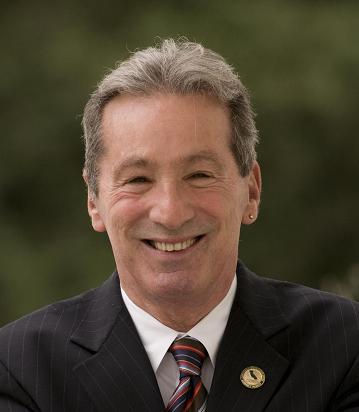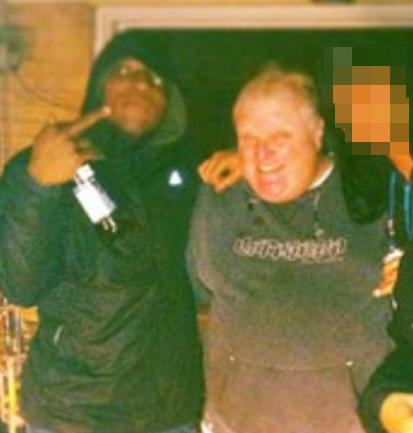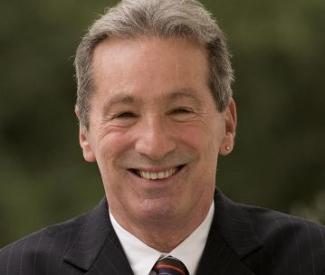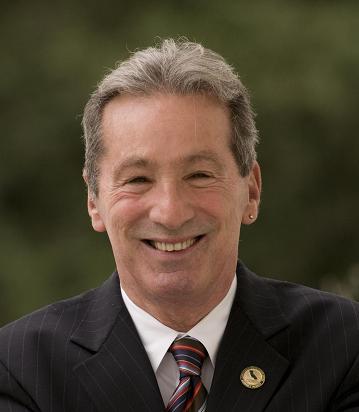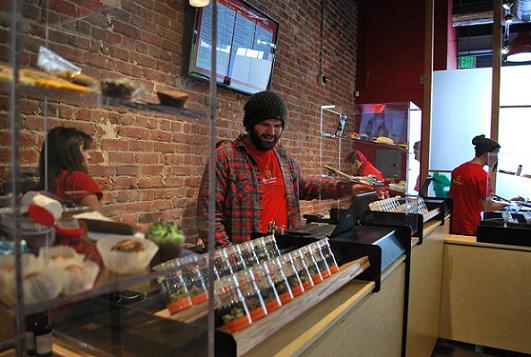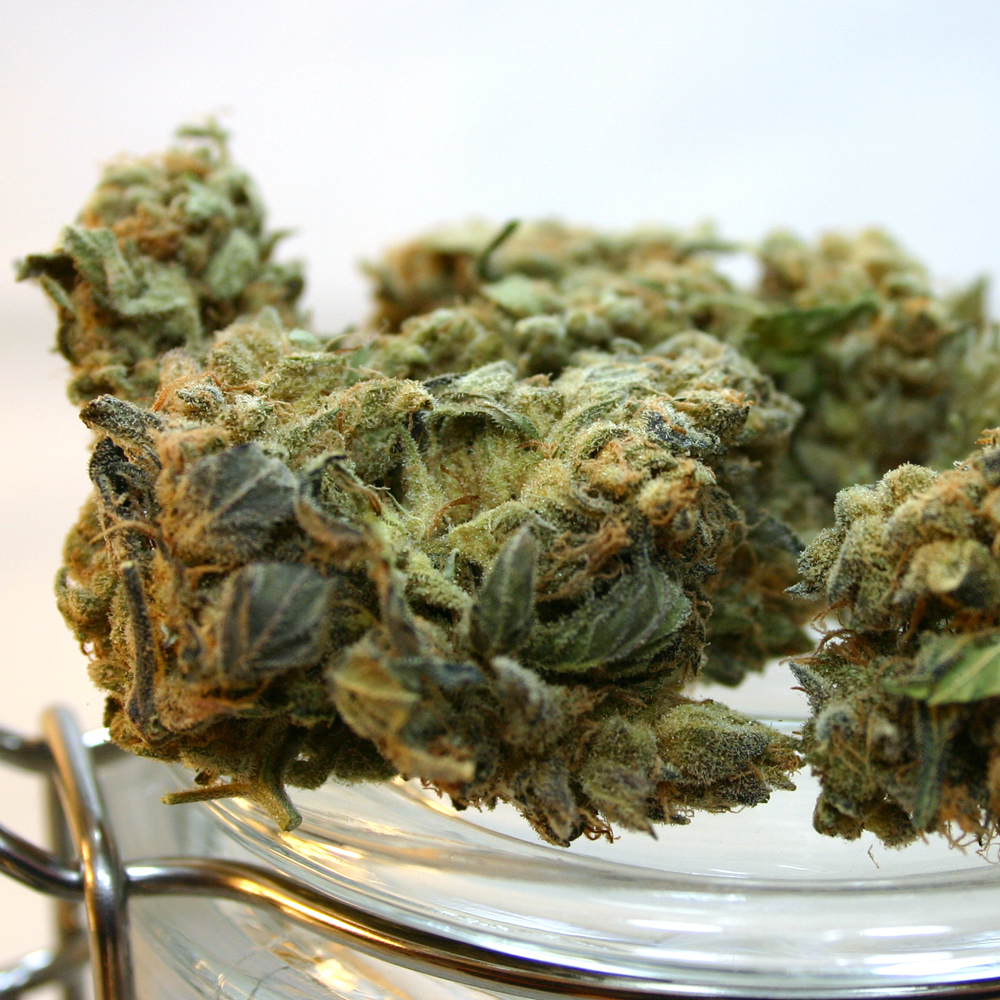SHOPPING
EDITORS PICKS
Editors picks are chosen by Guardian editors for special recognition for brightening the Bay Area experience.
Get that paper, paper, paper — printed. Holed up in a cozy garage with a cute dog and a hunky Vandercock proof press (a rare specimen last produced in the 1960s), the letterpress-loving ladies of Western Editions create and design paper goods for all occasions and situations, from badass business cards with handmade charm to colorful and direct wedding invites that may just get your flaky San Franciscan friends to actually attend the soirée. “Letterpress is magic,” is the motto of Western Addition residents Taylor Reid and Erin Fong, two friends turned business partners who are down to customize and open to suggestions, meaning you can make all the cute shit your ambitious heart desires, or purchase some one else’s great idea from their online store. Oh, hey, and they offer supercool DIY workshops, too — just in time for the holidays.
555 Rose, SF. www.westerneditions.com
We’re constantly on the hunt for the perfect outfit that will make it through our daily transition from work serf to night owl. Reversible scarves, tear-away skirts, all black outfits — those work OK. But what about then shoes? What pair of hoofers can glide us from the workbound bike lane to the underground dance floor? Welp, a local company has the solution to our woes: DZR Shoes, an SF-based (though they manufacture overseas) outfit that creates sneakers that can clip to all manners of pedal types, but look fly as all getout. Whether you go for high or low top, fully vegan design or whole grain leather, knee-high lace-up or slip-in, chances are you can find the kicks to complete your Lycra-free lane look in style. Our current favorite? The sleek, all-black Minna, designed by artist-DJ Jeremiah Bal.
www.dzrshoes.com
Her eyes scanning the abandoned lots and hillsides of the Stinson area and East Bay, Louesa Roebuck of Louesa Roebuck Flora isn’t afraid to snoop, sneak, or hustle in the name of foraging for flowers. Her mission: fetch that wild flora and arrange it in ways that exemplify the plant’s natural majesty. Gleaning armloads of budding branches, floppy magnolias, brilliant poppies, sweet mallow, bright berries, and sharp citrus from both public and secret locations, Louesa finds beauty in imperfection, a sublime bouquet in nature’s fantastic mistakes. She lets the blooms and leaves curl, crawl, and droop as they will, showcasing the fascinating juxtaposition between life and slow, dreamy decay. Visit her tiny Hayes Valley shop to see the day’s treasures and meet some of the gorgeous plants living right beside you.
597 Hayes, SF. (415) 686-5482, www.louesaroebuck.com
Like a sweater for your insides, the names warm your gray matter: Broichladdich, Glayva, Mackillop’s, Benriach, Balvenie, Glenmorangie. Standing in the sweetly crammed back bottle room of downtown’s Whisky Shop can be a meditative experience for scotch lovers — the selection of malts and blends vies for the city’s best, with employees as helpful as their kilts are fetching. And should the Whisky Shop staff’s sartorial motif inspire, the front portion of the store is stocked with a rainbow of tartan, wool, and waxed fabric wardrobe. Score kilts and genuine, betasseled fur sporrans you’ll use to stash your new perfectly heart-shaped silver flask. And possibly a novelty gift or two — the Whisky Shop is also flush with crest-adorned coasters, canned haggis, and artisan lotions from the United Kingdom.
360 Sutter, SF. (415) 989-1030, www.whiskeyshopusa.com
While there can be no debate that surf shops, in general, are selling a lifestyle, few are hawking a way of living as healthy as Mill Valley’s beloved Proof Lab. Need proof? The nine-year-old store (whose owners used reclaimed and reused materials wherever possible in its construction) stocks the best in sustainable men’s and women’s clothing, surfboard brands, and skateboard fixins, of course. But it also hosts a passel of community-minded offerings: sustainability workshops, toddler art classes, a native plant nursery, a biodiesel fuel station. On the lot next door you’ll find a teaching garden co-founded by Proof where one can take the occasional canning seminar, and buy fresh local produce. Plus: a new Equator coffee bar, to keep you up for those waves.
244 Shoreline Highway, Mill Valley. (415) 380-8900, www.prooflab.com
We bow down to the business acumen and sharp eye for trends possessed by Floss Gloss duo Aretha Sack and Janine Lee. These two California College of the Arts grads eschewed inward-looking artistic exploration, instead embarking on a mission to paint the world with the sizzling neons and kick-ass, vintage-inspired shades that haunt their minds eye. Their canvas? The fingernails of the Bay Area’s young, hip, and gifted. How did they take their line of animal cruelty-free nail polishes from late-night study sessions to indie and corporate retailers around the globe? (All while remaining 100 percent free of DBPs, formaldehyde, and other harmful chemicals — these colors may scream “heavy metal,” but contain none.) Let us count the ways: perfect nacho cheese orange and bikini coral lacquers; irresistibly chic tones like Party Bruise, Dimepiece, Black Holy, Faded, Pony, and Blood, Suede, and Tears; endless pop-up nail salons, hard work … and the knowledge that you can do anything when you’ve got a perfect 10 to point the way.
www.flossgloss.com
It is a satisfying, luxurious — if fundamental — satisfaction, settling in to make dinner with a hiss-sharp passel of well-honed knives. Fans of cutting-edge pleasures will want to slip into Nob Hill’s Town Cutler, a well-hewn, immaculately organized shop of blades both wildly fabulous (a $1,050 Wilburn Forge Japanese chef knife, its silver nickel sharp marbled and lovely) and craftily utilitarian (a $100 handleless Takeda Kogotana meant for woodworking). Owner Galen Garretson will sell you these, sharpen the utensils you already own, teach you to work your own knives in a sharpening tutorial or informative class, and even help you get a handle on blunter culinary objects — the back of Town Cutlery is an elegantly hung array of those most-unsharp kitchen friends: spoons.
1005 Bush, SF. (415) 359-1519, www.towncutler.com
These are the facts: Reading is cool, books are rad, free books are even radder, and the best combo of all of these is the Bay Area Free Book Exchange. At any given moment, the space — run cooperatively by a cadre of indie booksellers and printed-page junkies — houses some 10,000 books, all free for the taking. (“It’s like an ever-changing treasure hunt among thousands of books,” its website declares, and we have to agree.) Since opening in May 2009, the Exchange has given away over 350,000 books during its weekend hours, with an ultimate goal of handing out a million, and beyond! Since it survives on donations, consider adding your own previously-read tomes to the stacks proudly bearing this stamp: “Not for Resale, This is a Free Book.”
10520 San Pablo, El Cerrito. (510) 705-1200, www.bayareafreebookexchange.com
A compellingly curated combination of artwork by some of San Francisco’s eye-catching countercultural artists — with noteworthy post-industrial tinge courtesy of the Burning Man diaspora — and intriguing flea market finds by diligent shoppers with an eye for the urban aesthetic, Carousel Consignment SF is an oasis of great pre-found finds. This welcoming and decidedly funky Mission whirl, set in motion by co-owners Kelley Wehman and Illy McMahan (who bonded over their passion for all things circus and vintage), can turn a quick fly-by into an afternoon-long exploration. Furniture, toys, lighting, textiles … Its quirky assemblage of wares preserves its surroundings’ penchant for the wacky and weird.
2391 Mission, SF. (415) 821-9848, www.carouselsf.com
You know how it goes: surfing the www.aves of one’s sleek laptop, a stray image distracts. Suddenly, you’re no longer typing that return email — your mind has fixed on a different kind of click entirely. For you, sweets, SoMa brand Crave‘s line of tech-happy sex toys. Designed and produced by Ti Chang and Michael Topolovac, and assembled in the land of SF startup, each of the company’s gorgeous, whisper-quiet specimens have all the design and functionality of your favorite Apple toy. Our favorite is the Duet, a vibe with a double-pronged, silicone clitoral approach available in gold plating and with the option of eight or 16 GB of data storage thanks to a USB charging battery. That’s right: there is a USB port up in this vibrator. Adventurous souls can wear their pleasure out in public: Crave’s “Droplet” lariat necklace doubles as discreet nipple vibrators.
www.lovecrave.com
To some, a house full of Alex Pardee visual art would reap naught but disturbed sleep and missed meals. A living dream catcher made of exposed sinew and dripping eyeballs dangling from tendons, ready to snatch a soul; a roaring “Sharkasus” with razor teeth, four legs, and wings; an endless parade of your favorite horror icons rendered somehow even more terrifying by his spindly, precise strokes. But given the fact there are now two Bay Area shops stocked primarily with his prints, originals, and tees — in addition to the unnerving yet painterly work of other artists like Dave Correia — plenty of us are digging it. While shopping for the creep-craver in your life, you’ll do no better than the Oakland or Lower Haight location of Zero Friends, which has become a ground zero of sorts for the street art marketing scene.
419 Haight, SF. (415) 418-9912; 489A 25th St., Oakl. (510) 735-9405 (open first Fridays of the month or by appointment only); www.zerofriends.com
Should you need a custom cabinet, a staircase rehab, perhaps a new cupola on your clock tower, you can turn to Clipper Construction’s Mathieu Palmer. But 501 Waller, the storefront Palmer owned and used as storage space — as he told local blog Haighteration — wasn’t the best use of a neighborhood-facing corner shop. Enter Palmer’s friend Dan Daniel, who created Clipper Repair from this clutter, a friendly place for fixing up, designing, or refurbishing anything you could imagine: lamps, cabinets, antique furniture, electrical things. The interior is a gorgeously organized wonderland of screws, nails, tools, gears, and random curiosities. And then! Garret Peters turned Clipper’s back storage room into a bike shop called Wiggle Bikes, conveniently located off the Wiggle, our crosstown thoroughfare for the two-wheeled. Could there be a more useful stop-off for lovers of sustainable transportation and reuse than the Clipper Repair-Wiggle Bikes complex?
501 Waller, SF. (415) 621-4733, www.clipper-construction.com
You could find no better brand rep than Swagger Cosmetics‘ Blake Karamazov. The tiny club kid (who came to us a few years ago fresh from the female drag-friendly land of Seattle) rarely leaves the house without her face immaculately, fantastically done — think ruby red 4mm glitter lips, sherbet orange eyebrows, or an exaggerated, smoky cat eye. The woman lives for everyday drag queen. But as a vegan, Karamazov bridled at many heavily pigmented makeup lines. Lucky us, because the Sanrio-obsessed entrepreneur started designing her own one-woman line of glitters, lipsticks, eye shadows — and most recently, fake eyelashes — manufactured 100 percent sans animal cruelty. Having recently made up one of her genderbending idols James St. James, there’s no question this babe’s got swag. Check her wares online, and don’t miss her wildly popular, glam inspiring Instagram game.
www.swaggercosmetics.com
You don’t care if they work from home or not — the neighbors are taking too much pleasure from your lax approach to towels on the post-shower strut from the bathroom, and you sense an overeager, extra pair of peepers when you and your sweet are snuggled up watching Jessica Lange chew the scenery on American Horror Story: Coven. Thank goodness for Christine and Jeff Vidall, whose Art Shade Shop has been keeping neighborly boundaries firm in a densely-packed city since 1934. Wood slats, pleated blinds, sunbrellas, fabric coverings — this Castro couple has it all, perfect for the moment you need more privacy than those gorgeous bay windows will afford on their own. The basement shop (nook, really) also offers bead and reel clutch mechanisms, bottom-up lock pulleys, and Hauser roller shades. If you don’t know what any of that is, they’ll gladly install it all for you anyway.
698 14th St., SF. (415) 431-5074, www.artshadeshop.com
And then there are times when you just need a retreat from harsh illumination. Perhaps the fluorescent bars at the office seared your retinas too deeply today, or maybe you wish to give your date a softly lit, haloed-in-shadow version of ever-romantical you. These are the moments in which you’ll be grateful for Lamp Shades SF and its colorfully appointed showroom, ready to shield you from the ever-burning light. A leopard topper for that candlestick fixture? Modern puce shades for the chandelier in the foyer? A pair of matching onyx horse head bedside numbers? You will find them all here. Bring the base or bulb for which you need a topper, ring the doorbell to be allowed entrance, and let the decidedly unshady staff help you select the level of lighting best suited for your look.
199 Potrero, SF. (415) 431-6720
If you’re looking for a vintage instrument with a personal touch, Panhandle Guitar hits all the right chords. Rock fiends will swoon for the intimate, nicely overstuffed shop’s collection of prime and shiny vintage guitars, basses, amps, and effects. Panhandle buys old instruments too — on consignment, or trade-in — and offers on-site repairs. Owner Robert Williams is known for his encyclopedic knowledge, and there’s a laid-back and welcoming vibe we dig, charmed by store windows cluttered with neon signs and a child mannequin in an oversized Panhandle Guitar T-shirt. Guitar Center this is not; the stated store hours seem more like vague suggestions of when it might be open, and Mondays are simply listed as “some times” open with a smiley face. This kind of store is sadly uncommon these days — a unique, owner-run vendor of rare instrumental goods, tuned into the needs of fellow artists.
1221 Fell, SF. (415) 552-1302, www.panhandleguitarsf.com
When Cable Car Clothiers — venerable haberdasher to dashing gents since 1946 — announced it was vacating its Sansome and Bush location in 2012, our hearts sank. Was this incredible emporium of all things Mad Men-Rat Pack-Nautical Chic-Dressy Preppy about to vanish, like so many other San Francisco institutions? Where, oh where, would we get our crushable Trilby fedoras, handsomely polka-dotted navy blue ascots, and elaborate cherry-handled horsehair brush sets? Never fear: the relocation a few blocks away signaled a snazzy revamp. Jonathan Levin, grandson of original Clothier Charles Pivnick, had returned to the family business, determined to pump some classy 21st Century zazz into the joint. The large, handsome new showroom retains all the charm of the former space — but decks it out in voluminous racks and shelves of exquisite menswear treasures. Another reason to spend your entire afternoon here: the in-store barbershop with master barber Nicky and associates providing hot lather and straight razor shaves, hot toweling, scissor hair cuts, and more. You want full-service swank? This is the place, my man.
110 Sutter, SF. (415) 397-4740, www.cablecarclothiers.com
Wiggle your bike down to this sweet little corner shop near Duboce Park for lessons in fine and lovely things. Aline’s Closet is the three-year-old queendom of a one Aline Dazogbo, a seamstress whose French-inflected takes on dresses, skirts, and blouses may just lead you to the customized wardrobe item of your dream. Dazogbo designs and creates nearly everything in the shop: yoga pants, handbags, column skirt-tube top combos, and more. Though many items are ready-to-wear, a rack along one wall of the sunny store showcases the garments she can tailor-make just for you: a lace-paneled velvet slip, a clingy, cap-sleeved onesie. Should her sweet, sassy patterns stray even one iota from your fantasy outfit, don’t fret: Dazogbo loves to help customers concoct one-of-a-kind wearables based out of nothing more than their own visions.
101 Pierce, SF. (415) 312-3468, www.alinescloset.com
Powerful chrome and polished enamel parts, operated by hand, executing a series of swift cuts and swooping motions. Classic design masterfully crafted, all building to — gasp! — the perfect slice of salami. Welcome to the world of Emilio Mitidieri, the man who brings the Bay Area’s venerable Emiliomiti “culinary toys” to life. Though his company is playfully named, Mitidieri’s creations mean business — wood fire and gas brick ovens that yield perfectly cooked pizza pies, pasta machines that extrude dreamy strands of fettuccini, and specimens like the Slicer Mito 300, an elegantly crafted meat slicer that mimics the classic designs of the deli of yesteryear. Mitidieri has been supplying restaurants and dedicated chefs with the tools needed for success for decades now, so chances are you’ve already sampled some of his playful perfection topped with marinara or nestled in a hoagie roll.
www.emiliomiti.com
Bolivian-born David Forte’s SoMa workshop has one mission: to light up your life, and colorfully at that. Opened in 1971, Forte’s San Francisco Stained Glass Works is the place to go for those who would have blooming lilies twinkling above a front door, or an Art Deco Emerald City to enliven the upper strata of one’s workspace. The shop turns out devotional works for pane-minded churches and synagogues and extravagantly lovely flatware sets. Others flock to learn the craft themselves. A course on glass fusing and a stained glass 101 are both offered by Forte’s staff, not to mention monthly space rentals for artists in need of a communal glass grinder, firing kiln, and place to indulge a penchant for transcendent translucents.
1246 Howard, SF. (415) 626-3592, www.sfsgw.com
Local artist Amos Goldbaum hand-draws and hand-prints some of the most recognizable, SF-centric t-shirts (and hoodies, tanks, and baby onesies) available on the streets — literally, on the streets, since he also hand-sells his wares from wire racks on Valencia, near the Ferry Building, at street fairs like the recent Castro Street Fair, and other open-air spots. Goldbaum’s complete repertoire goes far beyond the familiar tourist-friendly landscapes he’s known for: his web portfolio is packed with psychological, fantastical illustrated scenes you’d spot immediately in a gallery — but probably never witness out a Muni window. When it comes to uniquely Bay gifts, though, you won’t want to miss his quirky, amazingly detailed and vibrant line-drawing takes on local landmarks like Dolores Park, with old-school playground intact, and Bernal Hill — or his illo of the old-timey Sutro Baths, complete with Cliff House aflame in the background.
www.amosgoldbaum.com
Inside the massive American Steel building, a relic of Oakland’s industrial past repurposed and managed mostly for the Burning Man art world, there’s a beautifully intricate two-story Western saloon made from recycled materials, originally built as the Dustfish Bordello for Black Rock City in 2009. In the intervening years, the structure has matured into what is now known as American Steel’s Oaktown Hall, an art gallery and event space that became a hub this year for a variety of ventures within what its organizers call the salvage and reuse arts. Skate ramps! Haitian art tours! Crazy, old-timey auctions! The hall is a gathering place and focal point for those who would find creative reuses for so-called junk, and build relationships among West Oakland’s diverse communities.
1960 Mandela Parkway, Oakl. (415) 794-1827, www.oaktownhall.com
It has been remarked that West Portal is quite the happy village in the middle of this teeming city. We concur. Tucked into the side of a hill topped by a Twin Peak, slung happily along a leafy central promenade, the neighborhood is not the worst model for Main Street, USA. Tip and Top Vacuum & Shoe Service, particularly seen in this light, is an all-American gem. Bring in your dirt sucker for a fix-me-up and the capable staff will get it back to dirt bunny-busting in two shakes of a dusty rug. And like any good member of a small community, Tip and Top is a multitasker, as evident from the boots in the window. The shop also repairs shoes, and will even custom-cobble you a boot or slipper. To recap: Tip and Top fixes vacuums and shoes, it’s cute as a button, and you kind of need to check it out.
173 W Portal, SF. (415) 664-9320
All over the news last year: Medical marijuana dispensaries in San Francisco and other cities were being shut down by a spasm of overzealous and anachronistic enforcement by the federal government (see “Why?” 8/14/12). But a wave of young clubs were undaunted by the headlines. Indeed, many went through the entirely navigable local approval process for cannabis clubs and threw open their doors, come what may from Kamala Harris, Eric Holder, and the rest of the “drug warriors.” Among the best of the bunch? Bloom Room, an elegant establishment just a stone’s throw from hoity-toity Mint Plaza and the Chronicle Building in the heart of downtown. “Where medicine blooms wellness follows” is its somewhat logically fuzzy yet totally cromulent motto. Bloom Rooms got great weed — strains like Grape Romulan (I), Girl Scout Cookies, Chem Dawg, Pink Lemonade, and a special Bloom Blend — at decent prices, weighed out by super-nice and knowledgeable employees, in a classy, exposed brick interior. Here’s hoping Bloom’s given enough room to put down some roots.
471 Jessie, SF. (415) 543-7666, www.bloomroomsf.com
“I’ve had it with these cheap sons of bitches who claim they love poetry but never buy a book,” SF literary legend Kenneth Rexroth once supposedly said. Many share his sentiment when it comes to music — especially as our city rapidly empties itself of neighborhood record stores (and book stores, too, for that matter). Rexroth himself used to live above Jack’s Record Cellar, one of our longest-operating vinyl concerns — since 1951! — and also one of the most poetic spots in the city. Packed with the rarest of 33s, 45s, and, miraculously, stacks of so-desirable-we-can’t-stand-it 78s, Jack’s has all the jazz you want — plus soul, opera, country, doo-wop, standards, and classic pop. Memorabilia papers the walls, and piles of records spill out onto the aisles. Like many spots in the area, it’s more of a relaxed hangout than a capitalist venture. Conversation is prized over cash receipts. Open hours are spare and unpredictable. Saturday afternoons are a good bet, proprietor Wade Wright might be there to let you in. Unlike Rexroth, he values the love over the sale.
254 Scott, (415) 431-3047
After a 25-year stint on 16th Street in the now-teeming Valencia Corridor, and years of rumors of impending closure, a steep rent increase nearly caused literary, cultural, and artistic hub Adobe Books to shut its doors for good. But supporters launched a fundraising campaign using crowd-funding platform Indiegogo and succeeded in raising $60,000, enough to secure a new home on 24th Street — which, along with the re-situated Modern Times Bookstore, has become somewhat of a haven for gentrification-fleeing libraries. “Adobe has been such an important part of our lives as artists, writers, book lovers, and Mission dwellers,” the bookstore and gallery’s boosters wrote, in what turned out to be a wildly successful pitch. “We couldn’t see the Mission without it.”
3130 24th St, SF. (415) 864-3936, www.adobebackroomgallery.com


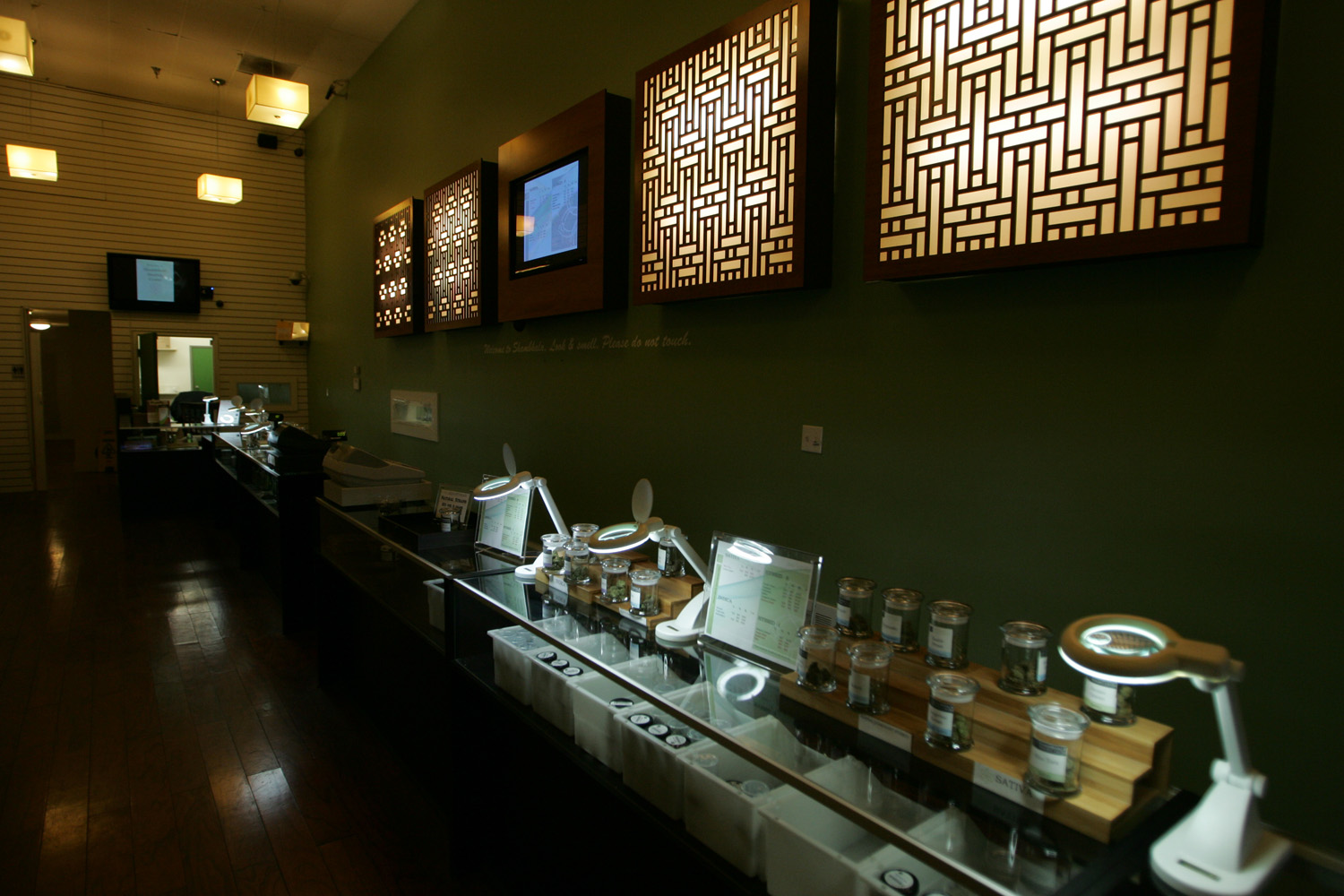
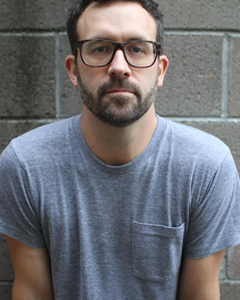




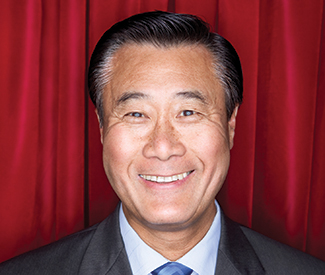
 What began with the FBI investigating a murder and leadership transition in the San Francisco branch of the ancient Chinese organized crime syndicate known as the Triad, led by an undercover FBI agent who had infiltrated the group, evolved into a widening investigation accusing Yee of arranging an illegal arms trafficking deal with a Muslim rebel group in the Philippines in exchange for $100,000 funneled into his campaign, on top of smaller favors that Yee allegedly did in exchange for envelopes with $10,000 in cash.
What began with the FBI investigating a murder and leadership transition in the San Francisco branch of the ancient Chinese organized crime syndicate known as the Triad, led by an undercover FBI agent who had infiltrated the group, evolved into a widening investigation accusing Yee of arranging an illegal arms trafficking deal with a Muslim rebel group in the Philippines in exchange for $100,000 funneled into his campaign, on top of smaller favors that Yee allegedly did in exchange for envelopes with $10,000 in cash.



